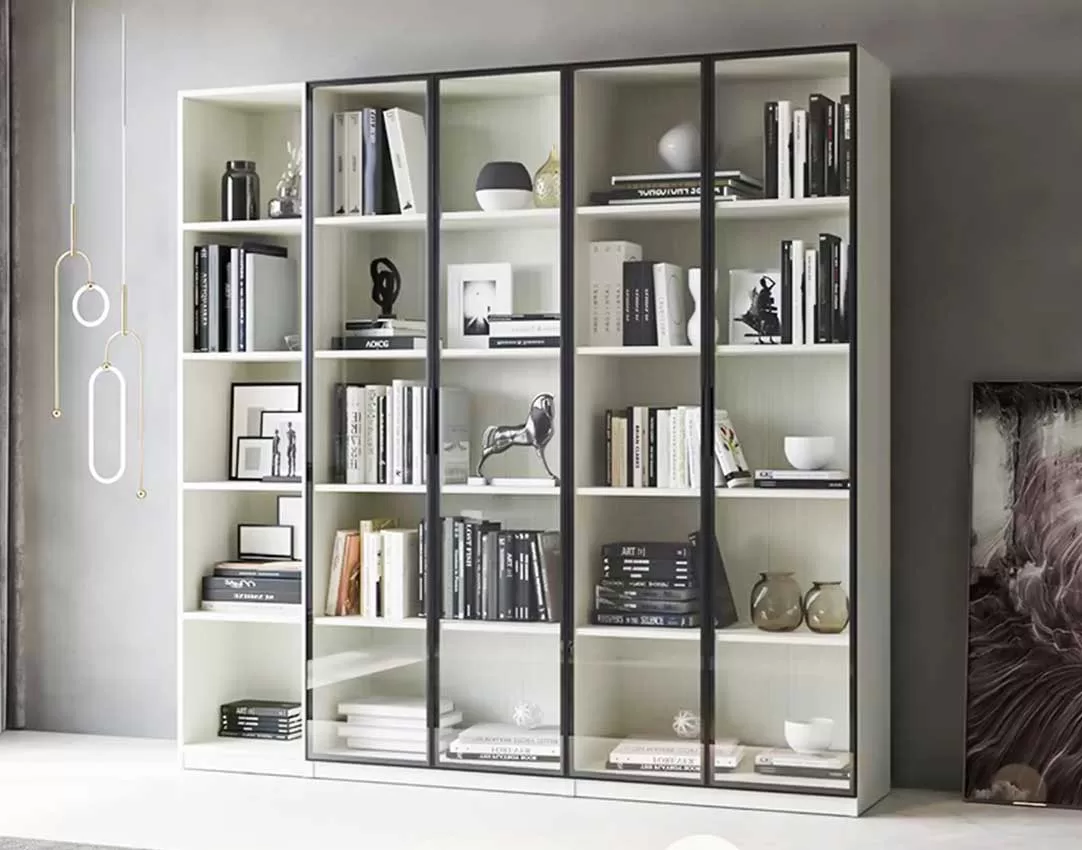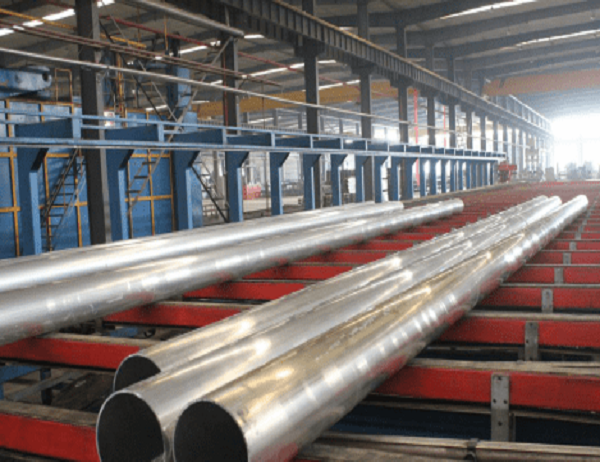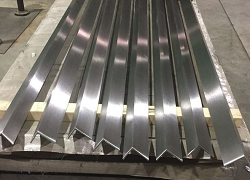A Guide to Selecting the Right Aluminum Kitchen Profile: A Comprehensive Overview
In the realm of kitchen design, aluminum kitchen profiles stand out as a versatile and sought-after choice for creating sleek and functional spaces. However, selecting the right profile for your kitchen requires careful consideration, as multiple factors come into play. This guide will provide an in-depth analysis of the various aspects to consider when choosing the right aluminum kitchen profile.
The shape of the profile is crucial for determining its aesthetics and functionality. Commonly available shapes include flat profiles, T-profiles, U-profiles, and L-profiles. Flat profiles offer a clean and minimalist look, while T-profiles provide a secure edge for countertops. U-profiles are ideal for concealing unsightly gaps, and L-profiles can be used for both edging and wall protection.
The finish and color of the profile significantly impact the overall appearance of your kitchen. Anodizing is a popular way to create durable, scratch-resistant surfaces with a wide range of colors and textures. Electrostatic powder coating provides a tough and glossy finish in various hues. Brushed finishes add a touch of sophistication, while matte finishes offer a modern and understated aesthetic.
The thickness of the aluminum profile plays a vital role in its strength and durability. Profiles ranging from 0.8 mm to 2.0 mm thick are commonly used in kitchen applications. Thicker profiles ensure greater stability and rigidity, while thinner profiles may be suitable for decorative purposes or where space constraints are a concern.
Aluminum kitchen profiles can be attached to surfaces using various methods. Screws or nails are a traditional option that provides a secure hold. Adhesive tapes are a convenient and less invasive option for lightweight profiles. Clip-on systems allow for easy installation and removal, making them ideal for temporary or modular designs.
The dimensions of the profile, including its height, width, and length, are crucial for ensuring a proper fit. Consider the height of your countertops and the depth of your cabinets when selecting the profile height. The width of the profile should be sufficient to cover any gaps or edges it needs to conceal. The length of the profile should be determined based on the perimeter of the area it will cover.
The maintenance of aluminum kitchen profiles is relatively simple. Regular cleaning with a mild detergent and soft cloth is sufficient to keep them looking their best. Avoid using abrasive cleaners or harsh chemicals that may damage the finish. Annual inspection and tightening of any fasteners will ensure the profile’s longevity.
By carefully considering these factors, you can make an informed decision and select the right aluminum kitchen profile that will enhance the aesthetics, functionality, and durability of your kitchen space.



